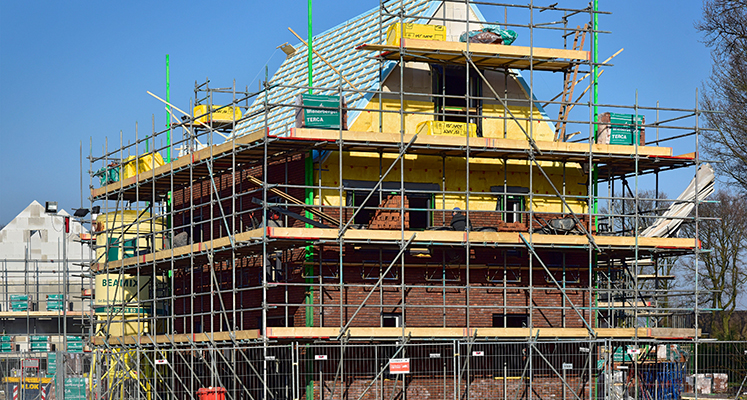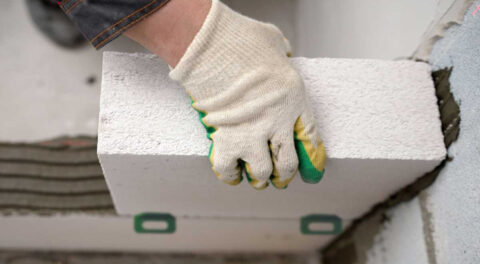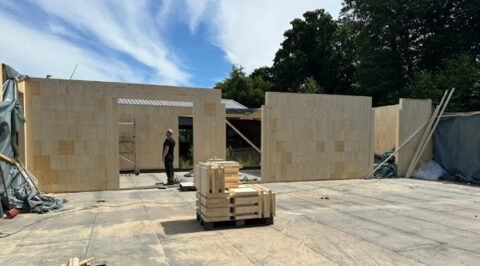The forming parties PVV, NSC, VVD and BBB want to give a major boost to housing construction. In the outline agreement they concluded with each other, they set the bar just a little lower than it was, at 100,000 homes per year.
With this, the new cabinet is taking a step back from the ambitions of outgoing minister Hugo de Jonge, who had wanted to build 900,000 homes at all costs before 2030. This would have required 130,000 homes per year. Incidentally, despite his efforts, that goal was increasingly getting out of sight, due in part to rising interest rates, high material and energy prices, and staff shortages. Still, if 100,000 homes per year are to be built, we need to step up our efforts.
Woontop
The new cabinet wants to organize a Housing Summit as soon as possible, the outline agreement states, "in which central government, pension funds, housing corporations, social partners, municipalities and provinces make enforceable agreements to structurally increase housing construction.
In addition, several measures are announced to address the housing shortage. These include making better use of the existing housing stock by repurposing office and commercial properties for residential use, by topping up or splitting up homes, house sharing and tolerating the permanent occupancy of recreational homes. Importantly for the construction industry, the government wants to make more land available for building new housing, both inner-city and suburban. New areas should also be designated for large-scale housing development, preferably around existing infrastructure. Further consideration is being given to a tax on undeveloped land with a residential function.
NIMB
Hugo de Jonge's major annoyance must also be addressed: Not In My Backyard. The idea is to speed up procedures, in part by limiting appeals. Other stumbling blocks, such as restrictive rules that prevent building on one's own property, must also be eliminated.
At least 30 percent of new construction must be social rent on average. Two-thirds of the new housing to be built must be affordable to middle-income earners.












